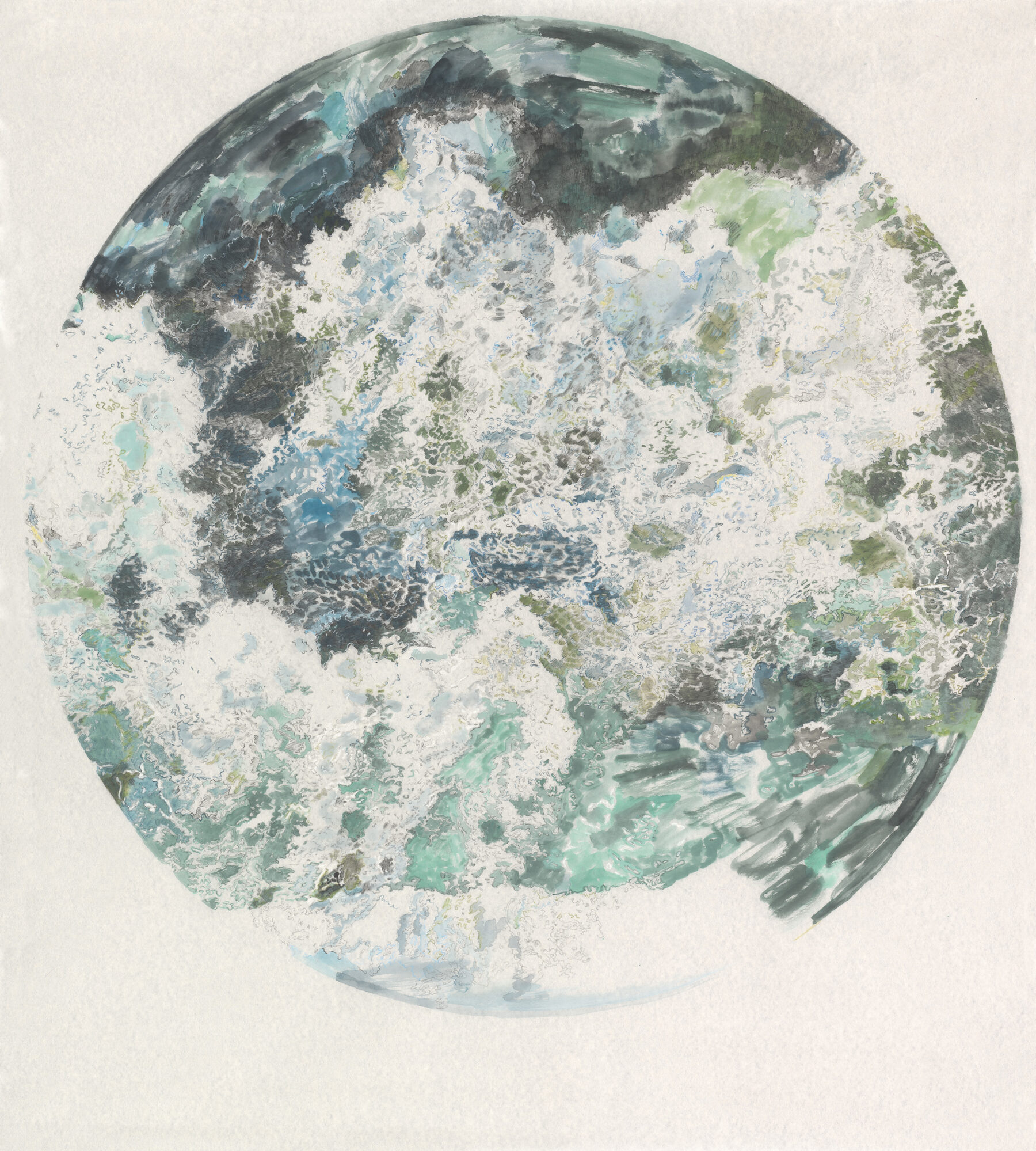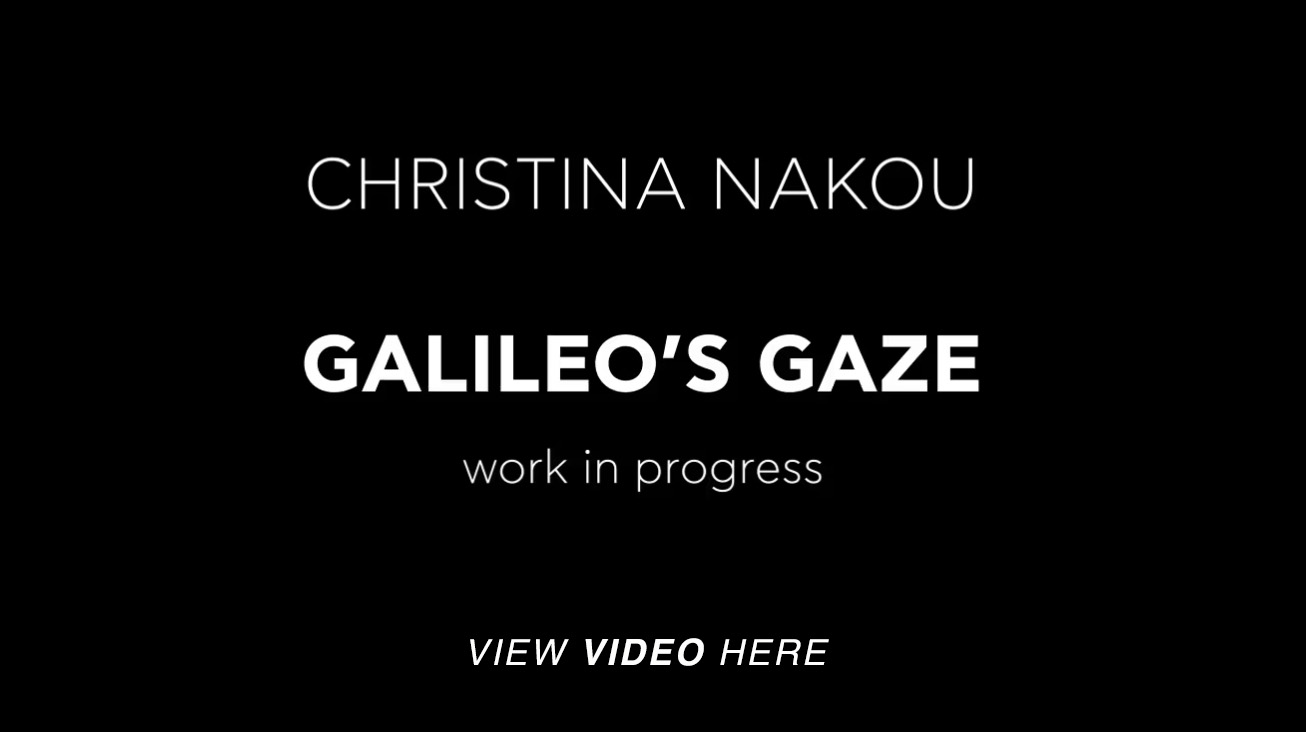Project Info
The Installation, is based on the research I conducted in the American Academy in Rome, during my
stay as a Visiting Artist / Visiting Artists & Scholars Program 2025.
The American Academy’s Casa Rustica—in the present Bass Garden—occupies the precise site where,
on Thursday, April 14, 1611, Galileo made the first demonstration of his new invention, the telescope.
The installation draws inspiration by the life and work of Galileo Galilei, focusing on his astronomical
observations and theory, on his abjuration and on the fact that at the end of his life he lost his sight.
Bringing together works of art - a mosaic, a painting and Galileo’s drawings of the moon-, astronom-
ical theory and notes, historical information, such as Galileo’s abjuration on 1633 but also ophthal-
mological research on glaucoma and cataract, the installation aims at highlighting the importance
of critical observation, and the complex net that links scientific research, knowledge and authority.
Clarity and obscurity, vision and blindness, the tactile sense and sight, hand-made processes and
AI, all merge together within a visual and sound installation, observing “what is that we see, when
we look at”. The visitors are invited to experience the poetic space of the Installation within a light
environment of clear, blurring or dark atmospheres in constant transformation. They are allowed to
touch the mosaic, to observe the exhibits through magnifiers, to study the collected data, and to
express their thoughts and feelings on how this experience relates to their personal way of see-
ing, on how delving deeply in a work can change the experience of time, and on how defend-
ing or denying truth can mutually affect or be affected by the feelings and senses of our bodies.
After Galileo invented the telescope, the Earth is no longer our “cosmos” but an object to be ob-
served. This modern perspective has led to an extreme exploitation of the planet, causing critical
consequences to the environment. Can we see that?

